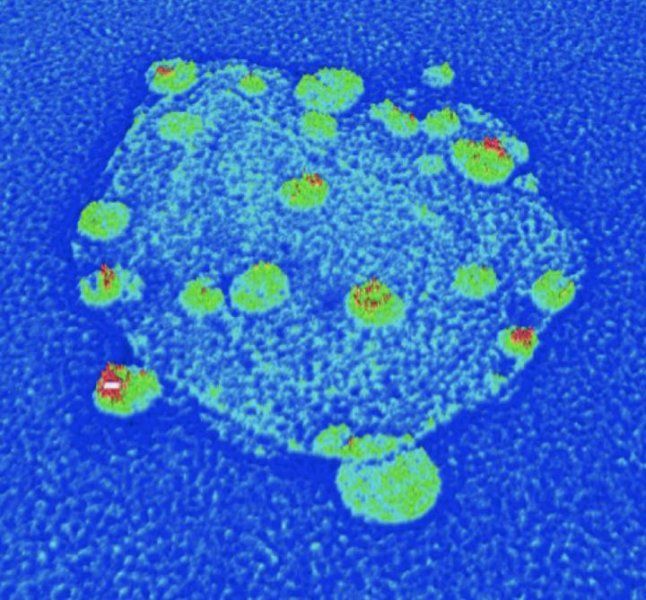The process begins with tiny, nanoscale diamonds that contain a specific type of impurity: a single nitrogen atom where a carbon atom should be, with an empty space right next to it, resulting from a second missing carbon atom. This “nitrogen vacancy” impurity gives each diamond special optical and electromagnetic properties.
By attaching other materials to the diamond grains, such as metal particles or semiconducting materials known as “quantum dots,” the researchers can create a variety of customizable hybrid nanoparticles, including nanoscale semiconductors and magnets with precisely tailored properties.
“If you pair one of these diamonds with silver or gold nanoparticles, the metal can enhance the nanodiamond’s optical properties. If you couple the nanodiamond to a semiconducting quantum dot, the hybrid particle can transfer energy more efficiently,” said Min Ouyang, an associate professor of physics at UMD and senior author on the study.
